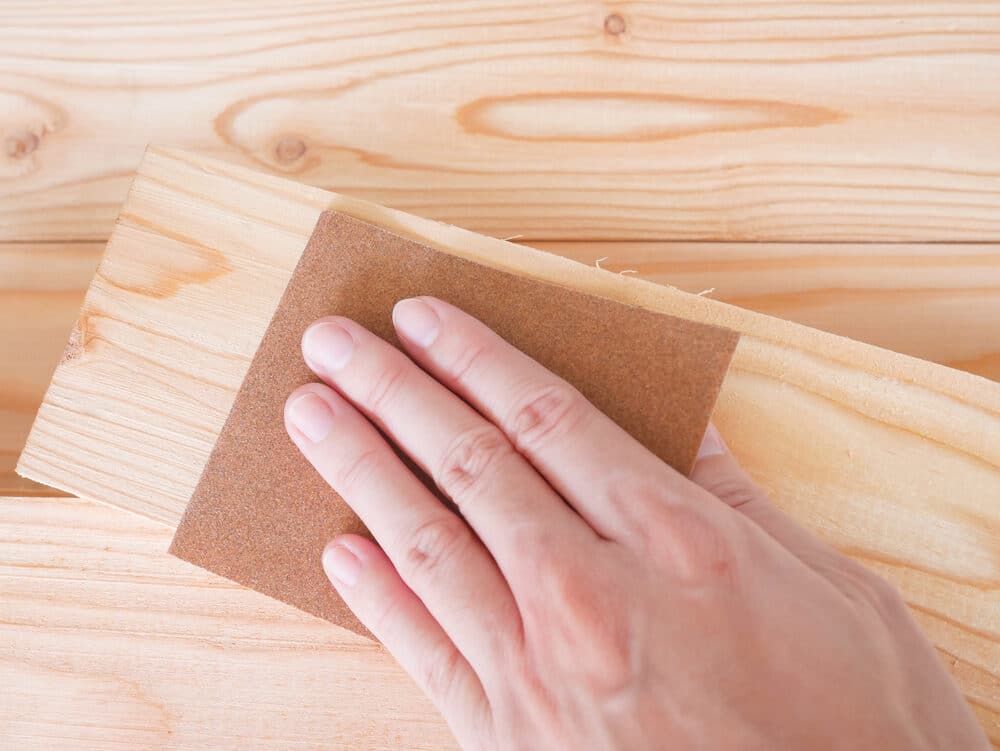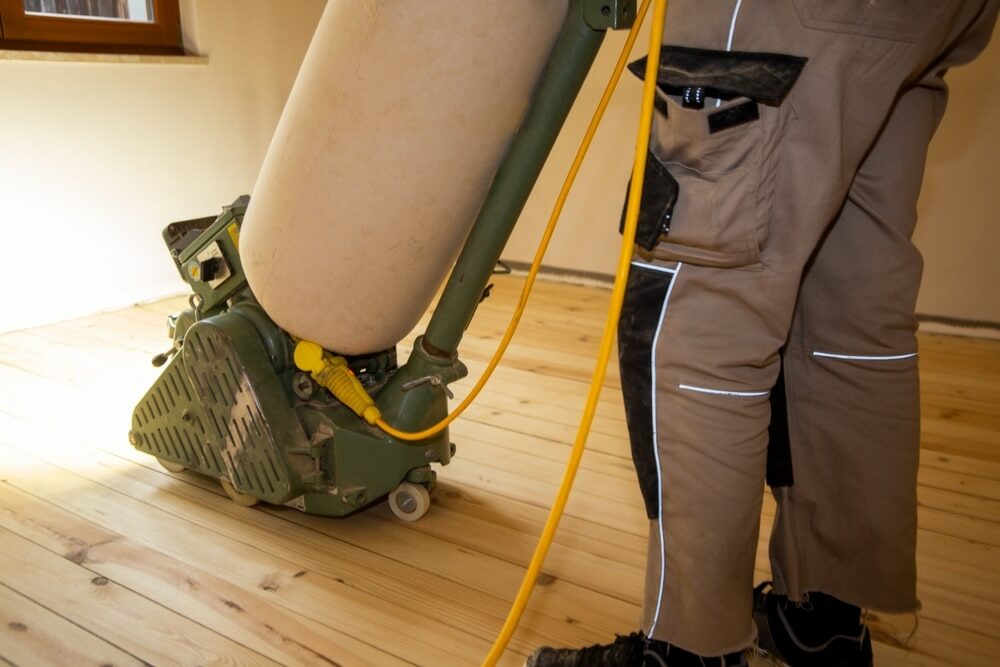London:
Nationwide:
Floor Insulation Guide: Tips and Methods for Effective and Energy-Efficient Flooring
Posted on December 7, 2023
Wood Floor Meterials
Ultimate Guide to Floor Insulation: Strategies for Efficient and Effective Flooring Solutions
Welcome to our comprehensive handbook on the importance of floor insulation, a fundamental element in creating a cozy and energy-efficient home environment. While insulation is commonly associated with walls and roofs, it’s crucial not to overlook the significance of floor insulation. This often-overlooked aspect plays a pivotal role in maintaining optimal temperature levels, reducing energy expenses, and ultimately enhancing the overall comfort of your home.
Within this guide, we will delve into the significance of insulating your floors and its profound impact on cultivating an energy-efficient and environmentally conscious living space. Whether you are in the process of constructing a new dwelling, renovating an existing one, or seeking ways to lower your energy bills, gaining a solid grasp of the fundamentals of floor insulation is paramount.
Floor insulation operates by establishing a barrier that restricts the transfer of heat through your floors. This translates to preserving warmth during colder months and preventing excessive heat intrusion during the warmer seasons, ultimately reducing the dependency on heating and cooling systems. Consequently, you not only relish a more comfortable living atmosphere but also contribute to the reduction of your carbon footprint.
Throughout this guide, we will comprehensively explore various types of floor insulation materials, assess their advantages and disadvantages, and offer practical guidance on selecting the most suitable insulation solution tailored to your specific requirements. We will also provide step-by-step assistance in the installation process, whether you opt for a do-it-yourself approach or enlist the services of a professional.
By the conclusion of this guide, you will be well-informed and empowered to make educated decisions regarding floor insulation, ensuring that your home remains energy-efficient, comfortable, and environmentally responsible. Join us on this journey to gain a deeper understanding of how floor insulation can positively transform your living space.
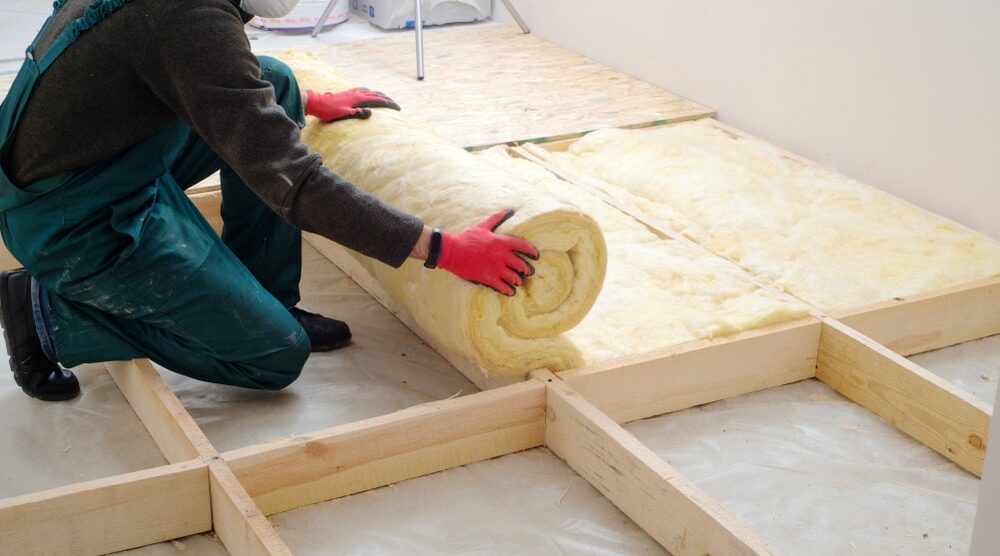
Understanding floor insulation
In this section, we delve into the fundamental aspects of floor insulation, a critical component in achieving a comfortable and energy-efficient home. Understanding what floor insulation is, the variety of materials available, and how it contributes to energy efficiency is essential for any homeowner or builder looking to enhance their property’s thermal performance.
What is floor insulation?
Floor insulation refers to the process of adding insulating materials beneath the floor surface to reduce heat loss or gain. By doing this, we create a thermal barrier that limits the movement of heat through the floor. This is particularly important in homes with floors above unheated spaces like basements, crawl spaces, or garages, as well as in regions with extreme temperature variations.
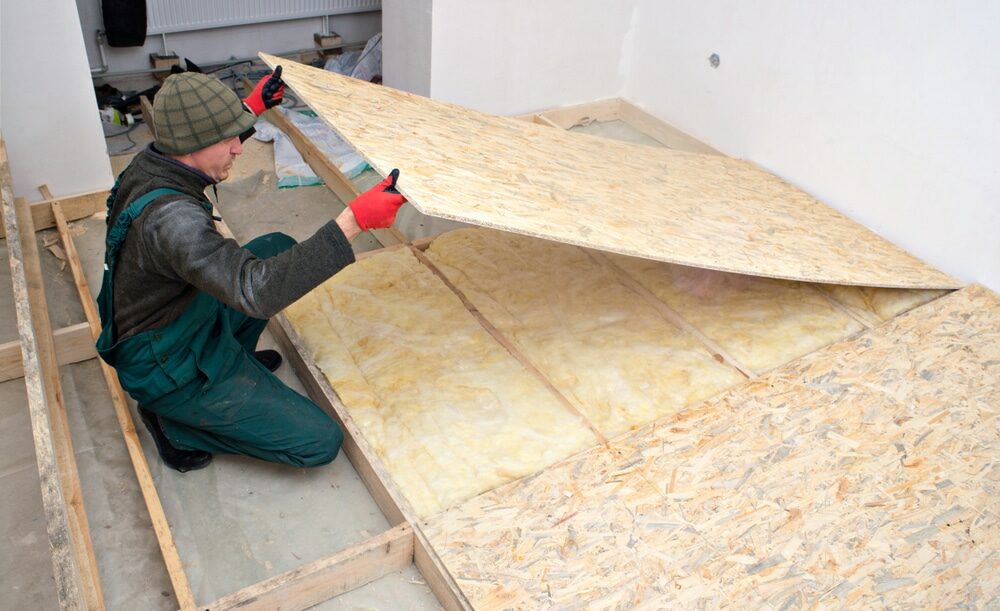
Types of Floor Insulation Materials
The market offers a variety of floor insulation materials, each with unique properties and suited for different situations:
- Fiberglass Batts: Commonly used, affordable, and easy to install, fiberglass batts are suitable for spaces where there is room to fit them, such as between floor joists.
- Rigid Foam Boards: These provide a higher R-value (a measure of thermal resistance) per inch than fiberglass and are great for floors requiring a slim insulation profile.
- Spray foam insulation is ideal for irregular spaces or areas with lots of pipes and wiring. Spray foam expands to fill gaps, providing an excellent air seal.
- Mineral Wool: Known for its fire-resistant properties, mineral wool is dense and provides both insulation and soundproofing.
- Natural Materials: Options like sheep’s wool, cotton, or cellulose are eco-friendly and often chosen for their sustainability and low environmental impact.
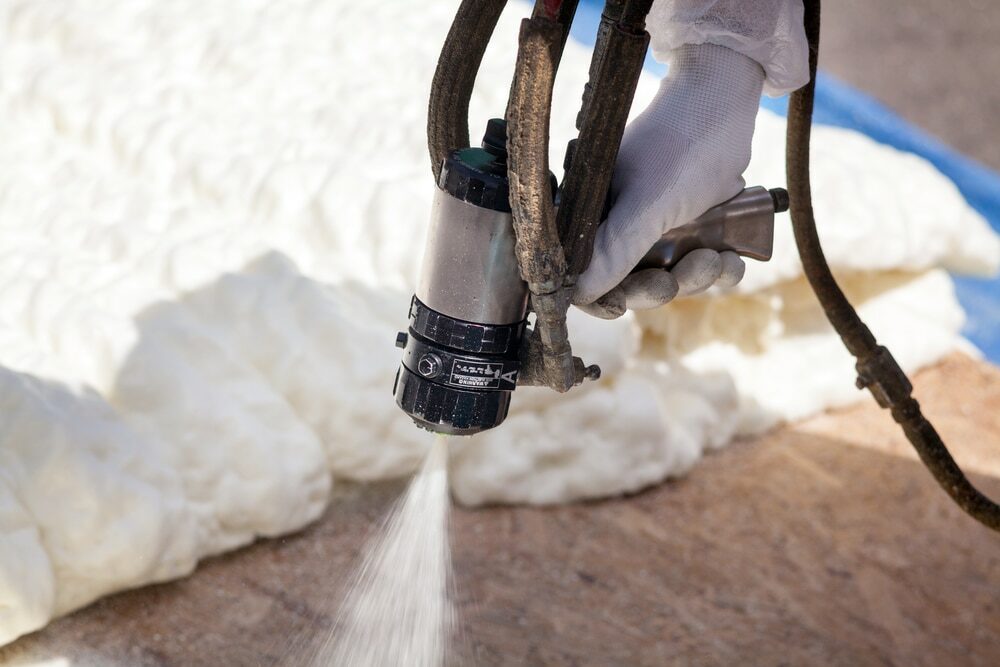
Contribution to Energy Efficiency
Insulating your floors is a significant step towards energy efficiency. It helps maintain a consistent indoor temperature, reducing the need for excessive heating or cooling. This not only lowers energy bills but also reduces the carbon footprint of your home. Well-insulated floors also contribute to a more comfortable living environment by eliminating cold spots and reducing the risk of issues like dampness and mold growth.
By understanding these key aspects of floor insulation, homeowners and builders can make informed decisions on the best insulation methods and materials for their specific needs. Next, we will explore the pre-installation considerations to ensure a successful and effective insulation project.
Pre-Installation Considerations
Before diving into the installation of floor insulation, it’s crucial to take a step back and consider several key factors. These pre-installation considerations will ensure that you choose the most appropriate insulation for your needs and that the installation process goes smoothly.
Assessing Your Insulation Needs
- Evaluate the current situation: Inspect your existing floors to understand their current condition and insulation needs. Check for signs of moisture, mold, or damage that may need to be addressed before insulation.
- Understand Your Climate: The climate in your region plays a significant role in determining the type and amount of insulation required. Colder climates usually demand higher R-values to maintain warmth.
- Building Regulations and Standards: Be aware of any building codes or standards in your area that might dictate the minimum insulation requirements for residential properties.
Choosing the Right Insulation Material
- Consider the Floor Type: Different floor types (concrete, wooden, etc.) may require different insulation materials or methods. For instance, rigid foam boards might be more suitable for concrete floors, while fiberglass batts could be better for wooden joist floors.
- Balance Between Performance and Cost: Analyze the cost-effectiveness of different materials. While some might be more expensive, they could offer better insulation or durability, leading to long-term savings.
- Environmental Impact: If sustainability is a priority, consider eco-friendly insulation materials that have lower environmental footprints.

Tools and safety equipment are needed.
- Essential Tools: Depending on the type of insulation, you might need specific tools such as a tape measure, utility knife, staple gun, or saw.
- Safety Gear: Always prioritize safety. Protective clothing, gloves, eye protection, and masks are essential, especially when working with materials like fiberglass.
- Preparation of the Area: Clear the area where insulation will be installed. Ensure it is clean and free from debris or objects that could obstruct the installation process.
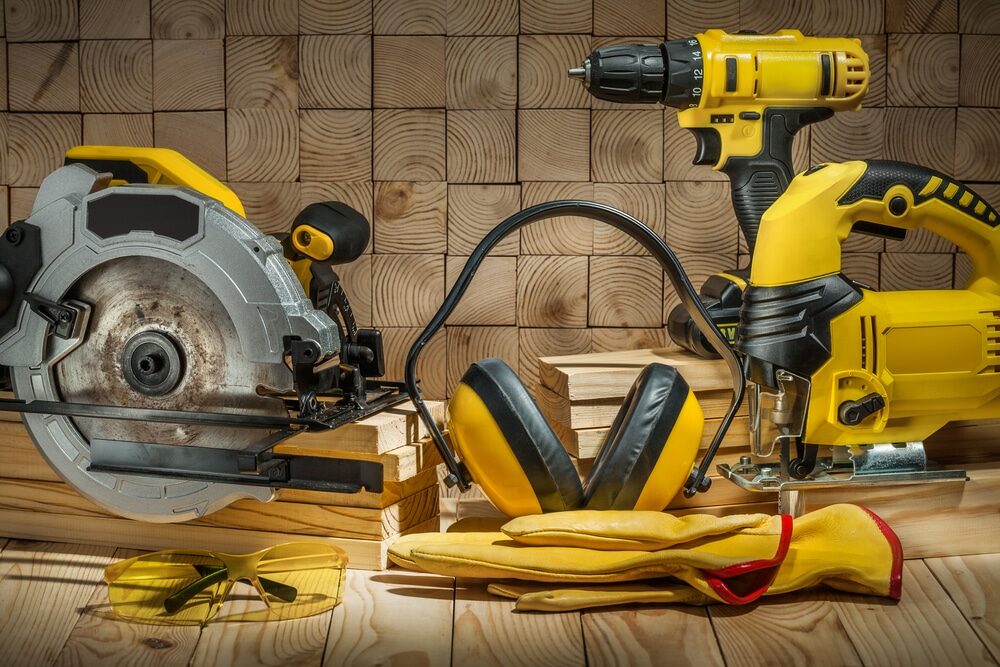
By carefully considering these pre-installation aspects, you can lay the groundwork for an effective and efficient floor insulation process. Next, we will guide you through the installation methods tailored for different types of floors, ensuring you have all the information needed for a successful insulation project.
Installation Methods for Different Types of Floors
Installing floor insulation varies depending on the type of floor you are working with. Each floor type has its own unique characteristics that require specific insulation methods and materials. Here we will explore how to insulate different types of floors, focusing on concrete floors, wooden floors, and floors above unheated spaces like garages or cellars.
Insulating Concrete Floors
- For new concrete floors:
- Lay a damp-proof membrane before pouring the concrete to prevent moisture issues.
- Install rigid foam board or spray foam insulation on top of the membrane, then pour the concrete over it.
- For Existing Concrete Floors:
- Consider laying rigid foam boards on top, followed by a layer of plywood or another type of subflooring to protect the insulation.
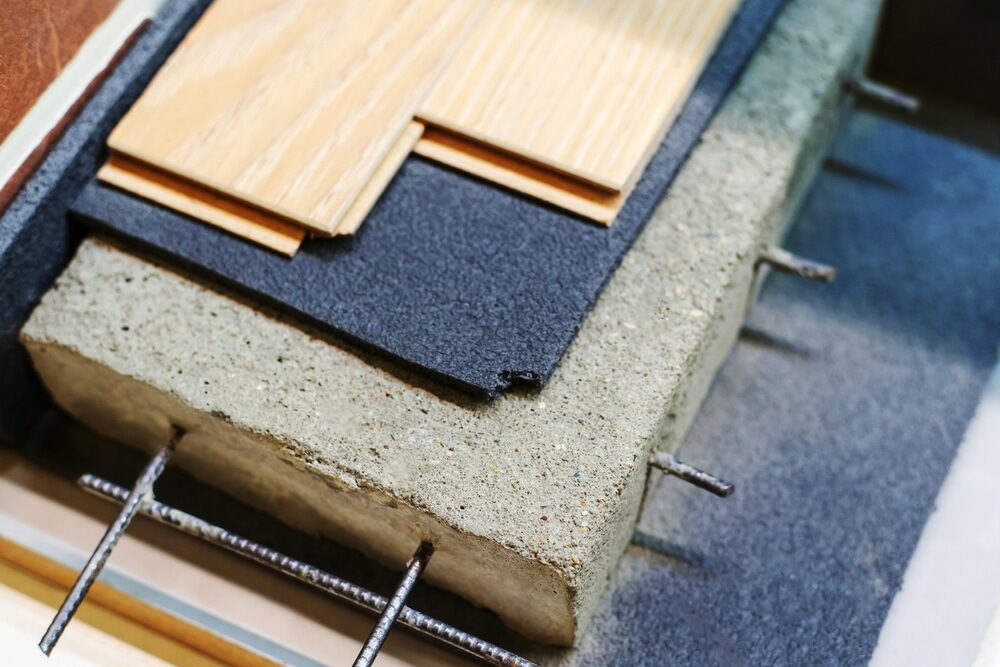
Insulating wooden floors
- Between Floor Joists:
- Install insulation, such as fiberglass batts or mineral wool, between the joists. Ensure it fits snugly without compressing the material too much.
- If there’s an unheated space below, add a vapor barrier to prevent moisture from traveling up into the insulation.
- On top of the floorboards:
- For added insulation, lay rigid foam boards on top of existing floorboards and cover them with a new layer of flooring.
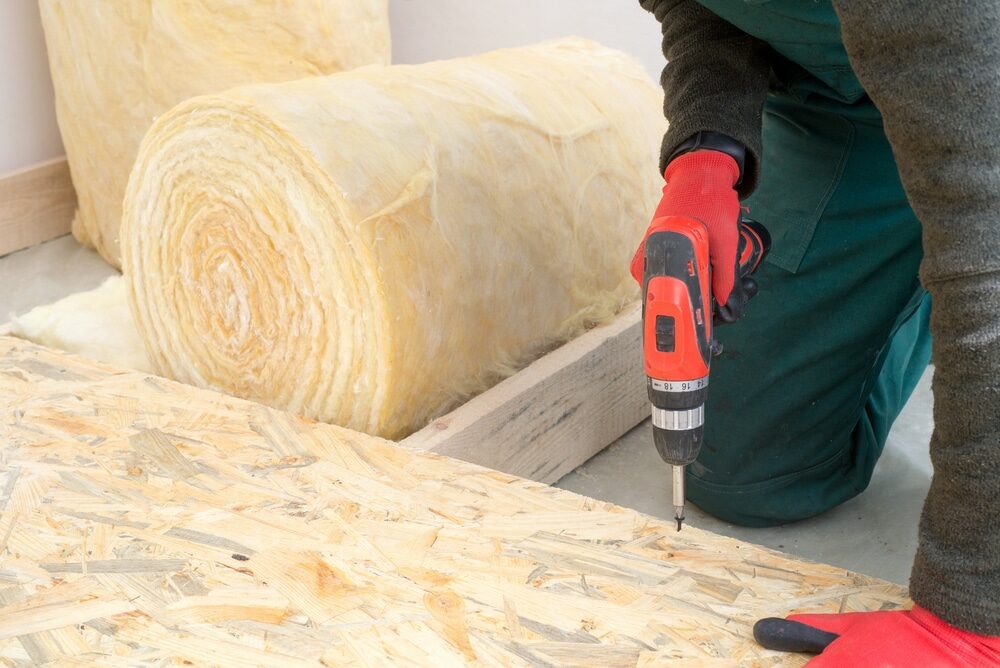
Insulating Floors Above Unheated Spaces
- Ensuring Adequate Air Sealing:
- Prior to insulation, seal all gaps and cracks to prevent air leaks, especially if the space below is unheated.
- Applying Insulation:
- Use materials like fiberglass batts, mineral wool, or spray foam, ensuring that the insulation covers the entire space and is fitted snugly between joists or beams.
- Vapor Barrier Consideration:
- In some climates, a vapor barrier might be necessary to prevent condensation.
Tips for Insulating Above Unheated Spaces
- Ensure adequate ventilation in spaces like crawl spaces or basements to prevent moisture buildup.
- Pay attention to the edges and corners where heat loss is most significant.
- If using fiberglass or mineral wool, wear protective clothing to prevent skin irritation.
By understanding these specific methods for insulating different types of floors, you can achieve optimal thermal efficiency and comfort in your home. Next, we will walk you through a step-by-step installation guide, giving you detailed insights into the process for a successful insulation project.
Step-by-Step Installation Guide
Floor insulation installation can vary depending on the type of insulation and floor, but here’s a general step-by-step guide that can be adapted to most situations. We’ll focus on a common scenario: installing fiberglass batt insulation between floor joists.
Preparing the Floor Area
- Safety First: Wear protective gear, including gloves, a mask, and safety glasses.
- Clean the Area: Ensure the space where you’ll be working, such as a crawl space or basement, is clean and clear of debris.
- Measure the Space: Measure the distance between joists and the length of the area to determine how much insulation you’ll need.
Detailed Installation Process
- Cut the Insulation: Using a sharp utility knife, cut the fiberglass batts to fit the spaces between the joists. Cut slightly larger than the space to ensure a snug fit.
- Fit Insulation Between Joists:
- Start from one end and gently push the insulation into place between the joists.
- Ensure it’s snug but not overly compressed, as compression can reduce its effectiveness.
- Secure the insulation:
- If needed, use wire fasteners or insulation supports to hold the insulation in place.
- Be careful not to compress the insulation too much with these supports.
- Addressing the Edges:
- Pay special attention to the edges and corners. These areas are prone to gaps and may require additional cutting and fitting.
- Install a vapor barrier (if necessary):
- In some climates, a vapor barrier might be needed on the warm side of the insulation to prevent moisture buildup.
- Staple a polyethylene sheet across the joists over the insulation.
Finishing Touches and Cleanup
- Final Inspection: Check for any gaps or areas where insulation might be compressed or missing.
- Cleanup: Remove any debris or leftover materials from the work area.
- Post-Installation Check: After a few days, it’s good practice to check the insulation again to ensure it’s still properly in place, especially if the area is prone to movement or disturbances.
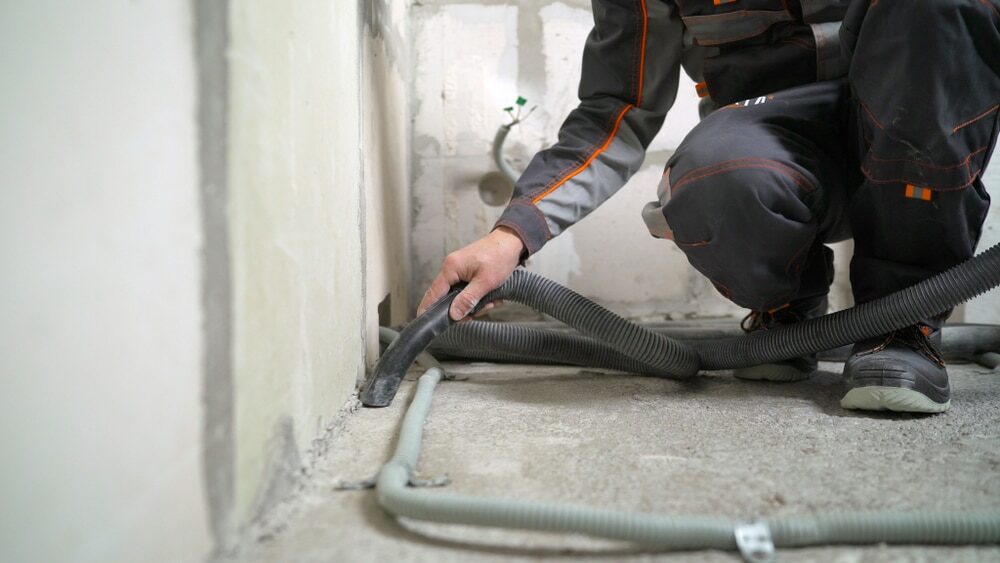
This step-by-step guide provides a basic framework for installing floor insulation, particularly for wooden joist floors. Remember, the process may vary for different materials and floor types. Proper installation is key to maximizing the effectiveness of your insulation and ensuring a comfortable, energy-efficient home.
Troubleshooting Common Issues
Even with careful planning and execution, you might encounter some challenges during or after installing floor insulation. Here’s a guide to troubleshooting common issues and ensuring your insulation remains effective and maintains the integrity of your home.
Addressing moisture problems
- Identifying Moisture Sources: Check for leaks, condensation, or groundwater seepage. Address these issues before proceeding with insulation.
- Proper Ventilation: Ensure adequate ventilation in spaces like crawl spaces or basements to prevent moisture buildup.
- Using a Vapor Barrier: A vapor barrier can help prevent moisture from passing into the insulation, particularly in humid climates or over unheated spaces.
Dealing with Uneven Surfaces
- Leveling the Area: If the surface beneath the insulation is uneven, consider using a leveling compound or adjusting the installation method to accommodate the irregularities.
- Flexible Insulation Options: Materials like spray foam can adapt to uneven surfaces and fill gaps effectively.
Insulation Repair and Maintenance Tips
- Regular Inspections: Periodically check your insulation for signs of damage, sagging, or displacement, especially after extreme weather events.
- Repairing Damaged Insulation: Replace or repair any damaged sections promptly to maintain insulation effectiveness.
- Upgrading Insulation: Consider upgrading or adding more insulation if you notice it’s not performing as expected. Advances in materials and technology might offer better solutions than what was previously installed.
Additional Considerations
- Pest Control: In some cases, insulation can be attractive to rodents or insects. Use pest-resistant insulation materials or employ pest control measures.
- Noise Insulation: If noise is a concern, look into materials that provide both thermal insulation and soundproofing.
By addressing these common issues, you can ensure that your floor insulation remains effective and continues to contribute to a comfortable, energy-efficient home. Regular maintenance and being proactive about potential problems will help prolong the life and performance of your insulation.
Cost Analysis and Budgeting
Effective floor insulation is a worthwhile investment for energy efficiency and comfort. However, it’s important to understand the costs involved and how to budget for your insulation project. This section will provide insights into estimating costs, finding budget-friendly solutions, and understanding the potential return on investment (ROI).
Estimating the Cost of Floor Insulation
- Material Costs: Different insulation materials vary in price. Fiberglass batts are generally less expensive than options like spray foam or rigid foam boards.
- Labor Costs: If you hire professionals, labor costs will be a significant part of your budget. DIY installation can save on these costs but requires time and effort.
- Size of the Area: The larger the area to be insulated, the higher the material and labor costs.
- Additional Costs: Include potential costs for preparing the area, such as moisture barrier installation, leveling the floor, or pest control measures.
Tips for Budget-Friendly Insulation Solutions
- Compare Materials: Research and compare different insulation materials to find the best balance between cost and performance.
- DIY Installation: If you’re comfortable with it, DIY installation can significantly reduce costs.
- Look for Deals or Bulk Discounts: Suppliers may offer discounts for large purchases or during certain sales periods.
- Grants and Incentives: Check if there are any local grants, incentives, or tax rebates for energy-efficient home improvements.
Potential savings and ROI
- Energy Bill Reduction: A well-insulated floor can lead to significant savings on heating and cooling costs.
- Long-Term Investment: While the upfront cost may be high, the long-term savings can be substantial. Calculate the payback period to understand when your investment will start returning.
- Property Value Increase: Energy-efficient homes often have higher market values.
- Environmental Impact: Although hard to quantify, reducing your carbon footprint contributes to a broader societal benefit.
By carefully considering these cost factors and budgeting wisely, you can make your floor insulation project both effective and financially manageable. Remember, the initial investment can lead to long-term savings and a more comfortable living environment.

Environmental Impact and Sustainability
The decision to insulate your floors not only affects your home’s energy efficiency and comfort but also has significant environmental implications. In this section, we explore the environmental benefits of floor insulation and discuss sustainable insulation options.
Environmental Benefits of Floor Insulation
- Reduced Energy Consumption: Well-insulated floors reduce the need for heating and cooling, leading to lower energy consumption and decreased greenhouse gas emissions.
- Enhanced Energy Efficiency: Improved energy efficiency in homes contributes to a reduction in fossil fuel usage and helps combat climate change.
- Long-Term Sustainability: By reducing energy demand, insulation helps lessen the strain on power grids and resources, contributing to a more sustainable future.
Sustainable and eco-friendly insulation options
- Recycled Materials: Insulation made from recycled materials, like denim or cellulose, minimizes waste and resource consumption.
- Natural Materials: Options like sheep’s wool or cork are renewable and have a lower environmental footprint compared to synthetic materials.
- Low VOC Materials: Choosing insulation with low-volatile organic compounds (VOCs) ensures better indoor air quality and a healthier environment.
Considerations for Environmentally Conscious Insulation
- Life Cycle Analysis: Consider the entire life cycle of insulation materials, from production and installation to disposal or recycling.
- Energy Savings vs. Production Cost: Balance the energy savings provided by the insulation against the environmental cost of its production.
- Local Sourcing: Using locally sourced materials can reduce the environmental impact associated with transportation.
The bigger picture
While the immediate benefits of floor insulation are felt within your home, the broader environmental impact is significant. By choosing sustainable insulation materials and methods, homeowners can contribute to a more eco-friendly and sustainable world. This not only leads to immediate energy savings but also aligns with global efforts to reduce carbon footprints and combat climate change.
Conclusion
As we conclude this comprehensive guide on “Floor Insulation: Tips and Methods for Effective and Energy-Efficient Flooring,” it’s clear that the benefits of properly insulating your floors extend far beyond mere comfort. Effective floor insulation is an integral part of creating an energy-efficient home, which not only reduces energy costs but also contributes significantly to a more sustainable environment.
Throughout this guide, we’ve explored various aspects of floor insulation, from understanding the basics and pre-installation considerations to detailed installation methods for different types of floors. We’ve addressed common issues you might encounter and provided strategies for budgeting and evaluating the cost-effectiveness of your insulation project. Moreover, we’ve delved into the environmental impact of floor insulation, highlighting the importance of sustainable practices and materials.
Remember, the right insulation choice and proper installation are key to maximizing the benefits. Whether you’re embarking on a DIY project or planning to hire professionals, the insights and tips shared here should empower you to make informed decisions. The initial investment in floor insulation can lead to substantial long-term savings and enhance the overall value of your property.
In closing, we encourage homeowners to consider the broader implications of their insulation choices. By opting for eco-friendly materials and efficient installation techniques, you contribute not just to the comfort and efficiency of your own home but also to the collective effort to reduce our environmental footprint. Embrace the journey towards a more energy-efficient and sustainable home with effective floor insulation as a cornerstone.

Sanding
We provide virtually dust-free sanding with our continuous belt machinery with mobile extraction units, giving you a safer environment for your family.
Oiling
This organic finish not only adds beauty to your home but also has exceptional water-repellent characteristics, making it easier to clean and maintain.
Waxing
This natural floor finish offers the softest and most mellow appearance – and leaves your floor able to breath.
Buffing
Using soft buffing machines (and hand-polishing where required) will bring a wonderful sheen to your newly-finished floor.
Repairs
We offer a full assessment of your wooden floors to determine what repairs are needed to provide the perfect working surface for the later stages of sanding, staining and sealing.
Restoration
We offer a comprehensive restoration process designed to address floors that are improperly fitted or damaged over time through wear and tear.
Request a fixed price quote for your wood floor restoration now
Simply enter your postcode below to get started.
Services
Wood Floor Sanding Wood Floor Restoration Wood Floor Scratch Repair Squeaky Wood Floor Repair Parquet Floor Sanding Parquet Floor Restoration Commercial Floor Sanding Church Floor Sanding Community Centre Floor Sanding School Floor Sanding Gap Filling Gap Filling with ResinCopyright © Mr Sander®
Privacy & Cookies Terms & Conditions Complaints Procedure Cancellation Rights Sitemap
